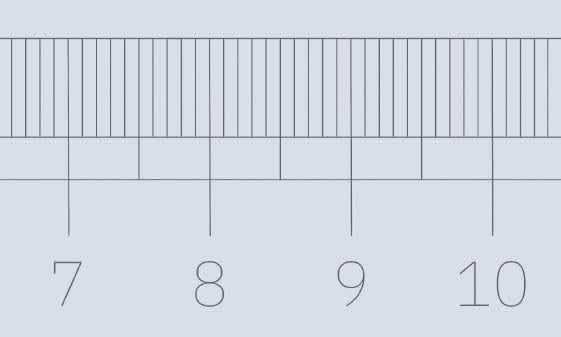
Measuring the Value of Design
A practical method for assessing the impact of design
The value of visual design has become more apparent than ever in recent years. But assessing this value can be challenging. So much of the value of design is personal, subjective and resistant to quantification.
How do you assess a shift in someone’s understanding of a concept? How you determine the extent to which design has contributed to an outcome? How do you judge changing perceptions of an organisation? These are difficult questions and answers can be so elusive that designers often give up trying to find them.
Defining measures of success is a straightforward and practical method for evaluating impact that can help to overcome these challenges.
Why measures of success work
Measures of success allow us to evaluate design outcomes based on strategic goals. They allow us to go beyond ‘this looks good’ to ‘this works’. Here are some measures of success that we’ve recently defined with our clients:
The design output is a valuable tool for our senior executives when lobbying peak bodies.
Children in farming families can use the the design output to intuitively see what’s happening in the soil.
Customers and frontline staff feel that the design output represents their lived experience.
The design process and output enable our steering committee to identify and prioritise areas of focus for future work.
The design process and output enable our steering committee to identify and prioritise areas of focus for future work.
The design output inspires readers to feel a sense of responsibility to protect biodiversity.
The design process deepens our team’s understanding of the value of design and develops our design skills.
Measures of success encourage a higher level of thinking than the traditional design brief. They aren’t focused on printing formats or screen widths. In fact, they are not concerned with specifics of a design outcome at all. Rather, they are focused on impact: what opportunities will you create? What goals will you help to achieve? How will your design decisions contribute to these aims?
Different types of success
Within projects: When you define measures of success at the outset of your design project they act like waypoints on a map. They keep your team focused and guide you to a design outcome that works. Make your measures of success the foundation of your design reviews and refer to them when you come across a design challenge that you don't know how to approach. Even the most specific and minor design decisions relate to your measures of success.
Within organisations: The value of design goes beyond the scope of individual design projects. Collaborative designing builds your organisation’s capacity to understand and respond to challenges through the lens of design. Embracing and integrating design into the fabric of an organisation creates a culture of innovation and creativity. This kind of transformation takes vision and sustained effort and measures of success are powerful tools for realising this shift.
How to define success
For each measure of success, consider:
The result you want to see.
Who you want to enable to achieve this result.
Whether the result will be achieved via the design process, the design outcome, or both.
Look again at the six examples listed above and you’ll see that these three considerations are clearly addressed in each.
Be inclusive
Success looks different depending on where you stand. When you are determining your measures of success, include stakeholders with diverse perspectives, especially people from marginalised or minority groups. This ensures that you define robust measures of success that resonate widely.
Keep it simple
Aim for the fewest measures of success that allow you to express the breadth and essence of what you want to achieve. If you feel the need for more than six or eight, you could consider grouping them. For example, you might have primary and secondary measures of success, or you might group them according to the people they relate to.
How to measure success
For each goal you define, it’s important to be clear about how you will measure success. Think creatively about methods that will work with the time and resources that you have. Each situation is unique and you will need to adapt your approach to suit the context you’re working in.
Quantitative measures are valuable—but, when it comes to design, numbers rarely capture the complete picture. So how can you measure the unquantifiable benefits of design?
Listen
One of the most effective methods for understanding the impact of design is to ask people how it has affected them. Listen to the people that your design is influencing. How has the design process or outcome changed their life? And how does their experience relate to your measures of success? Depending on the situation, you might use:
casual conversations
semi-structured interviews
focus groups
participant observation
You might want to record and transcribe your discussions. Visiting people at places where they live or work can provide valuable insights into their experiences. It usually makes people feel more comfortable to talk with you, too.
Reflect
Structured reflection is one of the best ways to assess your design work. Reflecting on your measures of success is one of the easiest and most effective ways to measure them. It's important to make time for reflection in your design process, especially when you are working to deadlines or under pressure. Depending on what works for you, you might use:
reviews
discussions
reflective note taking or journaling
Set yourself up for success
There is no ‘one size fits all’ approach to design and the best designers adapt processes to suit the way they work. Imperfect measures of success are almost always better than none. Measures of success won’t tell you everything there is to know about the impact of design. But they are a powerful tool to help you to define a clear vision of what you’re aiming to achieve and how you’ll measure it.